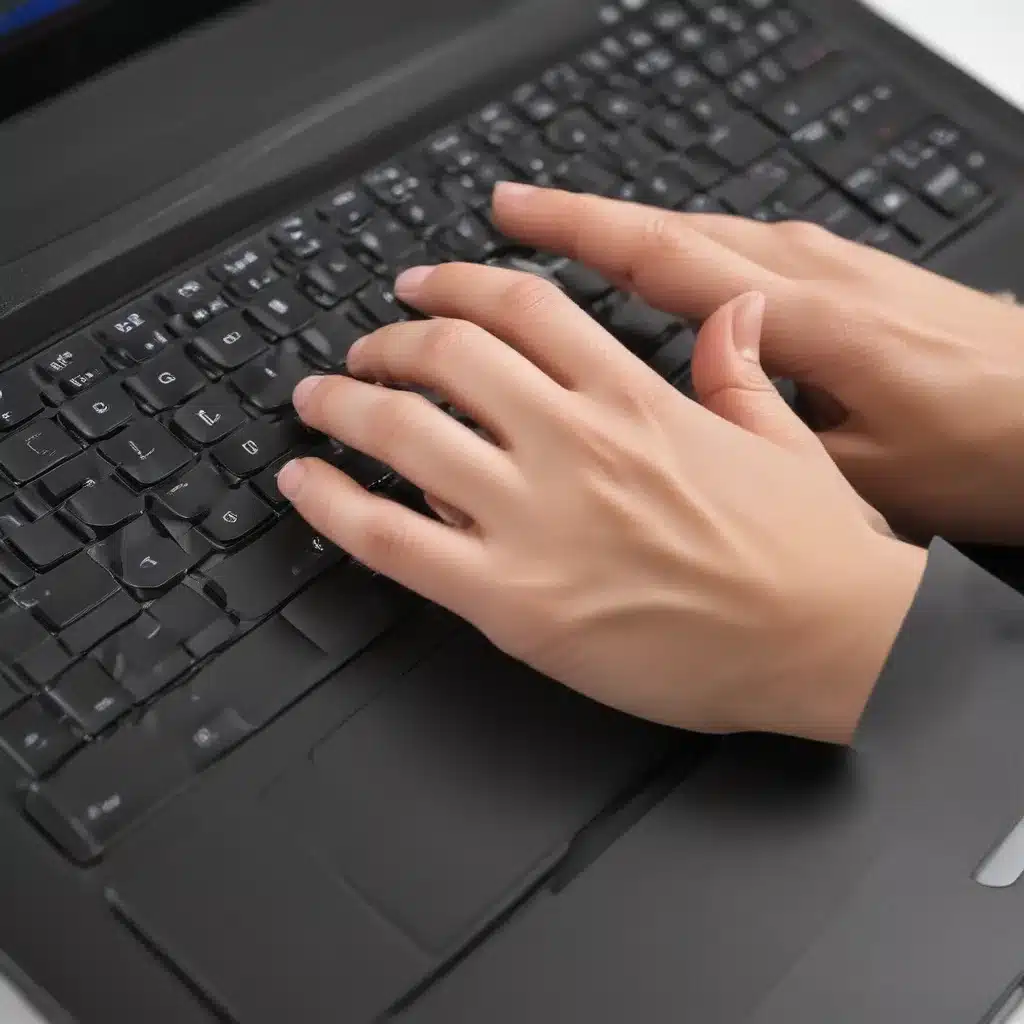As someone who spends far too much time hunched over a laptop, I’ve come to appreciate the humble touchpad as an unsung hero. Sure, it may not have the precision and control of a good old-fashioned mouse, but mastering the touchpad can unlock a whole new level of efficiency and (dare I say it) enjoyment in your computing experience.
Understanding the Touchpad
Let’s start with the basics. The touchpad, also known as a trackpad, is that little rectangular surface nestled just below your laptop’s keyboard. It may seem like a simple input device, but modern touchpads are packed with features and customization options. [1]
One of the most common issues users face with their touchpads is the sudden disappearance or relocation of settings. Apparently, this is a common Windows problem, with users on the Microsoft Answers forum reporting that “most touchpad settings suddenly missing/moved.” [2] The good news is that there are usually ways to recover these settings, whether through driver updates or tinkering in the control panel.
Mastering the Touchpad Gestures
Now, let’s dive into the fun stuff – the touchpad gestures. These little finger dances can transform your laptop experience, making navigation a breeze. Think of it like learning a new dance routine, except your partner is a high-tech surface that responds to your every move.
One of my favorite tricks is the two-finger scroll. Simply place two fingers on the touchpad and slide them up, down, left, or right to scroll through web pages, documents, and more. It’s so much more intuitive than using the scroll wheel on a mouse, and it keeps your hands in one place. [3]
Another handy gesture is the three-finger swipe. Swiping three fingers across the touchpad can perform all sorts of nifty actions, like switching between open apps, minimizing windows, or even triggering the virtual desktop feature. It’s like having a secret touchpad-based superpower. [4]
And let’s not forget the humble tap. A simple tap of your finger can act as a left-click, while a tap with two fingers mimics a right-click. These basic gestures are the foundation for all your touchpad-based navigation, so master them first before moving on to the more advanced moves.
Customizing the Touchpad
Of course, every laptop and touchpad is a little different, so it’s important to explore the settings and find what works best for you. [5] Some laptops even offer the ability to completely disable the touchpad, which could be a godsend for those of us who are prone to accidentally brushing the surface and triggering unwanted cursor movements.
But why would anyone want to disable their touchpad, you ask? Well, as it turns out, there’s a growing community of users who would love the option to remove the touchpad altogether. [6] The folks over at the Framework Laptop forums have been discussing this exact topic, with some users expressing a strong preference for a “full-width touchpad module” or even a “blank palmrest” that nixes the touchpad entirely.
Personally, I can understand the appeal. When I’m deep in the zone, typing away furiously, the last thing I want is my palm accidentally grazing the touchpad and sending my cursor flying off to who-knows-where. It’s a frustrating experience that can disrupt your flow and leave you cursing under your breath. [7]
Finding the Right Balance
But before you go on a touchpad-eliminating crusade, remember that the humble little input device can be a surprisingly versatile tool. With a little practice and the right settings, you can make the touchpad work for you, not against you. [8]
For example, many modern laptops and operating systems offer the ability to disable the touchpad while typing, preventing those accidental cursor jumps. And if you’re a Linux user, you might even be able to find a way to disable the touchpad entirely through your distro’s settings.
At the end of the day, the key is finding the right balance between touchpad functionality and personal preference. Experiment with the settings, try out different gestures, and don’t be afraid to embrace the touchpad as a valuable part of your laptop experience. Who knows, you might even surprise yourself and discover a newfound appreciation for this unsung hero of the input device world.













